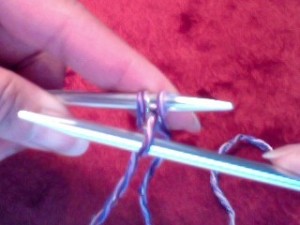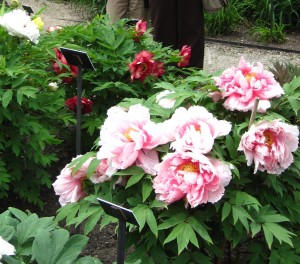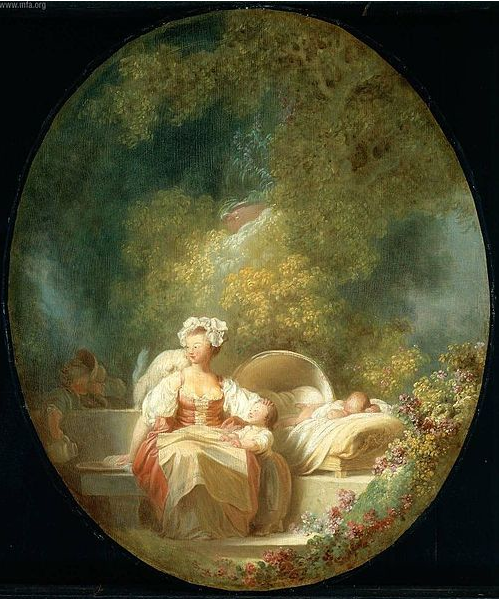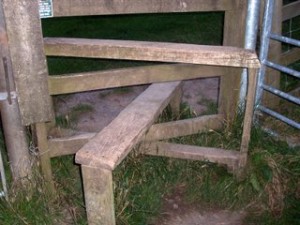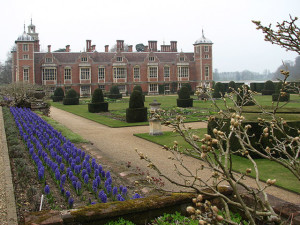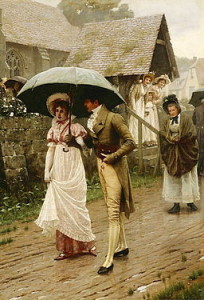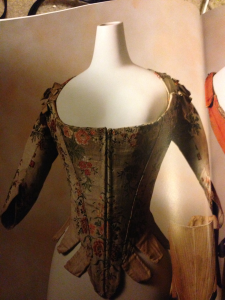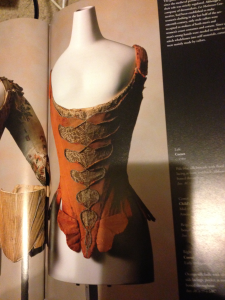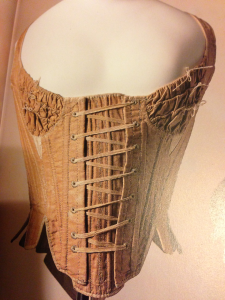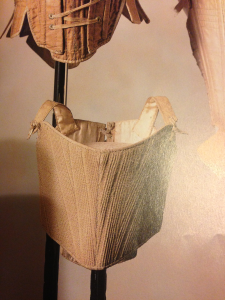Vanessa here,
As we focus on outdoor activities here at Regency Reflections, I would like to spend sometime highlighting one meant for lovers, lovers of scenic views and food, the picnic (picnick). By the time of the Regency, communing with nature and enjoying natural activities became the rage. What better way to indulge both passions, outdoors and food, than by dining al fresco.
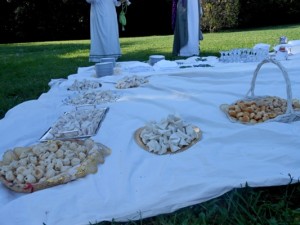
The ingredients of a fine picnic are the weather, the guests, the place, and the food.
The Weather
The weather should be warm and sunny. Most picnics provide a linen cover on the ground for the participants to sit and eat their meals. Thus, if it has rained for several days, the saturated ground will wet the coverings and bring mud and damp clothes to the event. We wouldn’t want to spread consumption. Moreover, if one tried to have a picnic in 1816, the year without a summer, the temperature would be too cold or worse too snowy to have had an enjoyable picnic.
The Guests
Selection of the guest needed to be done with the same care as choosing ones for an indoor dinner party. Participants will be sitting very close together, even leaning near the next person. Thus, social people with excellent conversation would be preferred. Unmarried people still required chaperones, so the hero won’t be sneaking away with his single heroine… unless he’s sure not to be caught.
The Place
The place to hold the picnic must be selected wisely. Because of the need for the eyes to experience nature, the environment for the picnic should be as inviting as the food. Yet, choosing a picturesque place might mean settling on an out of the way flat plain on the moors, or a hill like Box Hill, the famed picnic spot in Emma. Box Hill, the summit of the North Downs in Surrey, is set up high and framed in boxwood trees, oaks, tall grasses, and wild flowers. Perfect for a picnic.

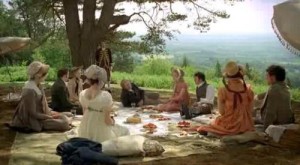
The provisions for the picnic can consists of tables to hold the food, the food, plates, cloths, servants to dish the food, servants to do the setup and the clean up, the linens, etc. These goods and servers can require wagons or carriages for transportation to and from the location. If the scenic spot was too out of the way, servants had to walk and carry picnic fare from the closets point of access (the road, etc.) to the picnic spot.
The Food
Food for the picnic can be arranged one of two ways. (1.) The picnic organizers can assign foods for each of the participants to bring. This ensures that no foods are duplicated. Each participant must bring enough food for all of the picnickers. (2.) The other way is for the organizer to supply it. This option was mainly chosen by the wealthy as an extension of showing off their good fair just as if the picnic were an indoor dinner at a ball.
The common foods supplied were pre-sliced cold roast and cow tongue (also sliced). Deviled eggs were popular. Once the egg is boiled, it’s sliced in half and the yolk is removed. The yolks are mixed with pepper, Worcester sauce, salt, and mustard and then returned to the inside of the boiled egg half. No addition of mayonnaise (1756 Charles de Lorraine, duke of Mayenne) to worry about spoilage.
I found a reference to walnut sandwiches and fruit sandwiches. Walnut sandwiches were made from chopped walnuts mixed with cheese and spices and served on thinly sliced bread. Fruit sandwiches were made with stiff stale bread topped with thin slices of bananas and pineapples sprinkled with sugar. After it sets up with the fruit juices penetrating the bread, it is cut into little cakes and served with whipped cream (or clotted cream).
The drink offered would be a popular beverage that can be served at ambient temperatures (not too cold and not hot): lemonade, white wine claret, or a sweet madeira wine.
All foods should be easy to port and serve the picnic-goers to show the host as a considerate and generous person as well as match the beauty and ease of the natural surroundings.
So, if your weekend permits, have your servant or dear hubby fetch a sandwich and blanket and dine al fresco Regency-style.
References:
“Cookery”, by Amy Richards, published in 1895
Andrew Hubbell, How Wordsworth Invented Picnicking and Saved British Culture. Romanticism, Volume 12, Number 1, 2006, pp. 44-51
MyAustenDreamworld.com
Janeaustensworld.wordpress.com
Originally posted 2013-05-17 10:00:00.
 Maybe lesser known is our family’s struggle with asthma. Our two older sons have endured hospital admissions and seemingly endless urgent care visits since six months old. Now that they understand what asthma is, we try to get them involved with a community that focuses on well-being. We’ve walked in the American Lung Association Asthma Walks for a number of years and though not exactly a hobby, we are passionate about research to cure childhood lung disease and to live a healthy lifestyle.
Maybe lesser known is our family’s struggle with asthma. Our two older sons have endured hospital admissions and seemingly endless urgent care visits since six months old. Now that they understand what asthma is, we try to get them involved with a community that focuses on well-being. We’ve walked in the American Lung Association Asthma Walks for a number of years and though not exactly a hobby, we are passionate about research to cure childhood lung disease and to live a healthy lifestyle. My hobby is gardening, both vegetable and flower. I love getting out there and grubbing in the dirt! I always have more vegetables that I, or my family can use, so I’ve been taking extra stuff to church, putting a box out back for anyone to take if they wish after the service. If I’m in town on the day the food pantry is open, then I donate fresh vegetables there.
My hobby is gardening, both vegetable and flower. I love getting out there and grubbing in the dirt! I always have more vegetables that I, or my family can use, so I’ve been taking extra stuff to church, putting a box out back for anyone to take if they wish after the service. If I’m in town on the day the food pantry is open, then I donate fresh vegetables there. 
